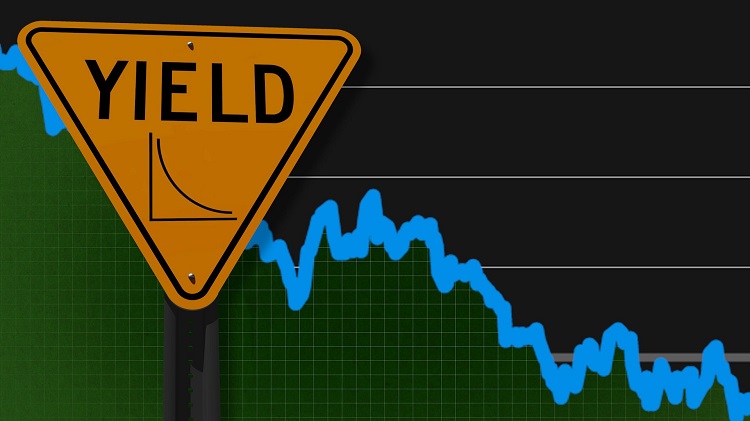Yield: Unlocking Financial Potential

In the realm of finance and investment, the concept of yield holds a pivotal role, serving as a crucial metric that determines the returns generated from an investment over a specific period. It encapsulates the essence of profitability, acting as a guiding beacon for investors seeking to optimize their portfolios. Yield is a multifaceted concept that traverses various asset classes, encompassing bonds, stocks, real estate, and more, each with its own nuances and significance.
Demystifying Yield
At its core, yield represents the income generated from an investment, typically expressed as a percentage of the investment’s cost or current value. Understanding yield requires a grasp of various types:
- Yield in Bonds: For bonds, yield comes in different forms. The most common is the “coupon yield,” which represents the annual interest payment as a percentage of the bond’s face value. Meanwhile, the “current yield” considers the annual interest relative to the bond’s current market price. Additionally, the “yield to maturity” factors in the bond’s interest, its price, and the time until it matures.
- Yield in Stocks: In the realm of equities, yield often refers to the dividend yield, indicating the annual dividend income per share divided by the stock’s price. Dividend yield showcases a company’s dividend distribution relative to its stock price and is a crucial metric for income-oriented investors.
- Real Estate Yield: Within real estate, yield often takes the form of rental yield. It calculates the annual income generated from a property as a percentage of its cost. It helps investors assess the potential return on investment in the real estate market.
Significance of Yield
- Performance Measurement: Yield serves as a vital tool for evaluating the performance of investments. It enables investors to compare various opportunities and make informed decisions based on potential returns.
- Income Generation: For income-focused investors, yield becomes paramount. It provides a regular income stream, crucial for retirees or those seeking steady cash flow from their investments.
- Risk Assessment: Yield also plays a role in assessing risk. A higher yield might indicate higher potential returns but could also signal higher risk or volatility associated with the investment.
Factors Affecting Yield
- Market Conditions: Fluctuations in interest rates, economic conditions, and market sentiment significantly impact yields. For instance, bond yields often move inversely with interest rates.
- Issuer’s Health: The financial health and creditworthiness of the issuer, be it a company issuing stocks or bonds, affect the yield. Higher-risk issuers often offer higher yields to attract investors.
- Time to Maturity: In bonds, the time until maturity influences the yield. Longer-term bonds generally offer higher yields to compensate for the extended investment period.
Conclusion
Yield stands as a fundamental concept in the financial landscape, serving as a compass for investors navigating the vast sea of investment opportunities. Understanding the nuances of yield empowers investors to make informed decisions, balancing risk and reward to achieve their financial objectives. Whether seeking income generation or capital appreciation, a comprehensive comprehension of yield proves indispensable in building robust and diversified investment portfolios, fostering financial growth and stability in the ever-evolving market terrain.




